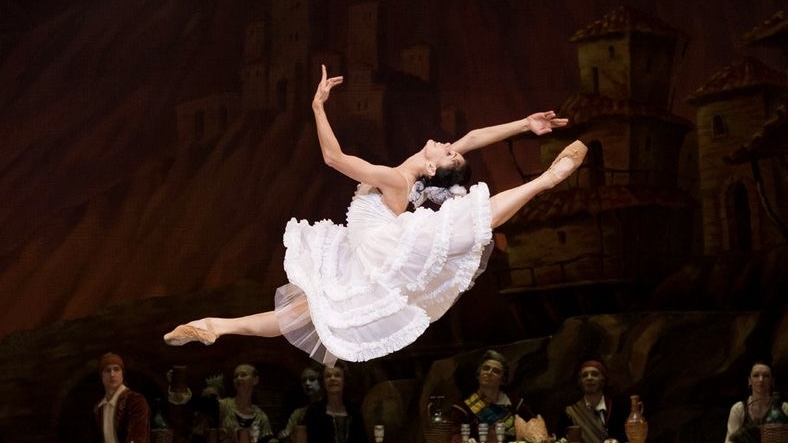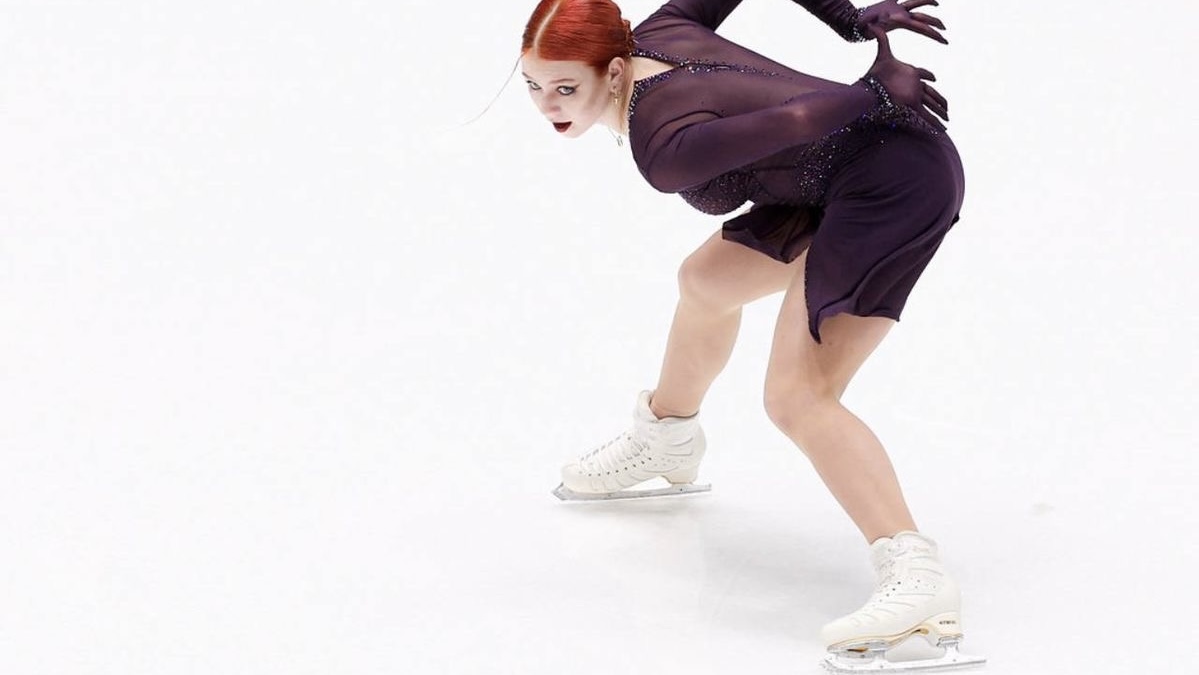January 15, 2025
Alexandra Trusova Expecting a Child
April 04, 2025

For ballet dancers, classical music is more than a backdrop—it’s the heartbeat of every movement, a partner that shapes choreography and elevates performance. From Tchaikovsky’s sweeping scores in Swan Lake to Stravinsky’s rhythmic complexity in The Rite of Spring, these compositions have inspired some of ballet’s most iconic works. But how does classical music influence choreography, and what does science reveal about this symbiotic relationship? For dancers, understanding this connection can deepen their artistry and precision on stage.
The marriage of classical music and ballet dates back to the 17th century, when court dances in France evolved into structured performances under composers like Jean-Baptiste Lully. By the 19th century, Romantic-era giants like Tchaikovsky and Chopin provided lush, emotive scores that fueled narrative ballets. Choreographers like Marius Petipa used these works to craft intricate pas de deux and corps de ballet sequences, aligning steps with musical phrasing. Later, 20th-century innovators like George Balanchine embraced neoclassical music—think Stravinsky or Bach—to create abstract, dynamic works that mirrored the score’s architecture.
This evolution reflects a core truth: classical music doesn’t just accompany ballet; it dictates its form. The tempo, rhythm, and mood of a piece guide a choreographer’s vision, offering a sonic blueprint for dancers to interpret through movement.
Classical music’s structure—its measures, beats, and phrasing—directly shapes choreography. “The music tells you where to go,” says Misty Copeland, principal dancer with the American Ballet Theatre. In Tchaikovsky’s The Nutcracker, the “Dance of the Sugar Plum Fairy” features delicate celesta notes that demand light, precise pointe work, with each tinkling sound mirrored by a quick relevé or pirouette. Conversely, the bombastic crescendos of Stravinsky’s The Firebird inspire powerful leaps and expansive gestures.
Science backs this up. Research on motor synchronization shows that humans naturally align physical actions with auditory rhythms—a phenomenon called entrainment. When dancers hear a steady beat, their brain’s motor cortex syncs muscle activation to the tempo, enhancing timing. A 2019 study in Neuroscience Letters found that dancers exposed to rhythmic music improved their coordination and reduced movement variability by 15% compared to silence. For ballet, where precision is paramount, this neural dance with music refines every step.
Beyond rhythm, classical music’s emotional depth fuels choreography’s storytelling. “It’s about feeling the music in your bones,” says Natalia Osipova, a Bolshoi Ballet star. In Swan Lake, Tchaikovsky’s mournful strings evoke Odette’s longing, inspiring fluid arm movements (port de bras) that ripple like wings. The shift to the triumphant brass of the “Black Swan Pas de Deux” cues sharper, seductive lines for Odile.
This emotional resonance has a physiological basis. Listening to expressive music activates the brain’s limbic system, which governs emotion, releasing dopamine—a feel-good neurotransmitter. A 2021 study in Frontiers in Psychology showed that dancers performing to emotionally charged music reported heightened motivation and exhibited more dynamic range in their movements. For choreographers, these cues become a palette, painting narratives through the body.
Classical music’s dynamic range—its shifts from soft pianissimos to roaring fortissimos—challenges dancers to match intensity with motion. Balanchine’s Serenade, set to Tchaikovsky’s Serenade for Strings, exemplifies this. The opening’s gentle strings call for soft, flowing arabesques, while the finale’s swelling chords demand bold jetés. “You have to breathe with the music,” says New York City Ballet’s Tiler Peck. This interplay builds stamina and control, as dancers adjust energy output to the score.
Scientifically, this mirrors how the auditory cortex processes sound amplitude, signaling the body to scale effort. Studies on muscle activation reveal that louder music increases force production by up to 10%, as the nervous system ramps up to match the intensity. For ballet dancers, this means fortissimo passages can amplify jump height or turn speed—provided technique holds steady.
Choreographers like Petipa or Balanchine treated music as a co-creator. Petipa collaborated with Tchaikovsky to tailor The Sleeping Beauty’s score, ensuring each variation matched his vision—say, the lilting waltz for the Lilac Fairy’s attendants. Balanchine, meanwhile, dissected Stravinsky’s polyrhythms in Agon to craft angular, off-kilter steps that mirrored the music’s modernist edge. “The notes are my map,” Balanchine once said.
This process taps into neuroplasticity—the brain’s ability to adapt. When choreographers and dancers repeatedly pair steps with specific musical cues, they strengthen neural pathways linking sound to motion. A 2020 Journal of Dance Medicine & Science study found that dancers with extensive musical training showed 20% faster reaction times to tempo changes, enhancing their adaptability on stage.
To harness classical music’s influence, dancers can refine their craft with these science-backed tips:
Classical music and ballet choreography are inseparable, each amplifying the other’s beauty. For dancers, the score is a teacher, a muse, and a physical force—its rhythms syncing their steps, its emotions coloring their art, its dynamics pushing their limits. Science reveals this isn’t just poetic; it’s neurological and physiological, a dance of brain and body. As you step into the studio, let the music lead—because in ballet, every note is a chance to soar.
By Vitalina Andrushchenko, Staff Writer

January 15, 2025
Alexandra Trusova Expecting a Child

April 05, 2025
Alexandra Trusova and Makar Ignatov Reveal the Gender of Their Future Child

December 26, 2024
2025 World Junior Championship Schedule